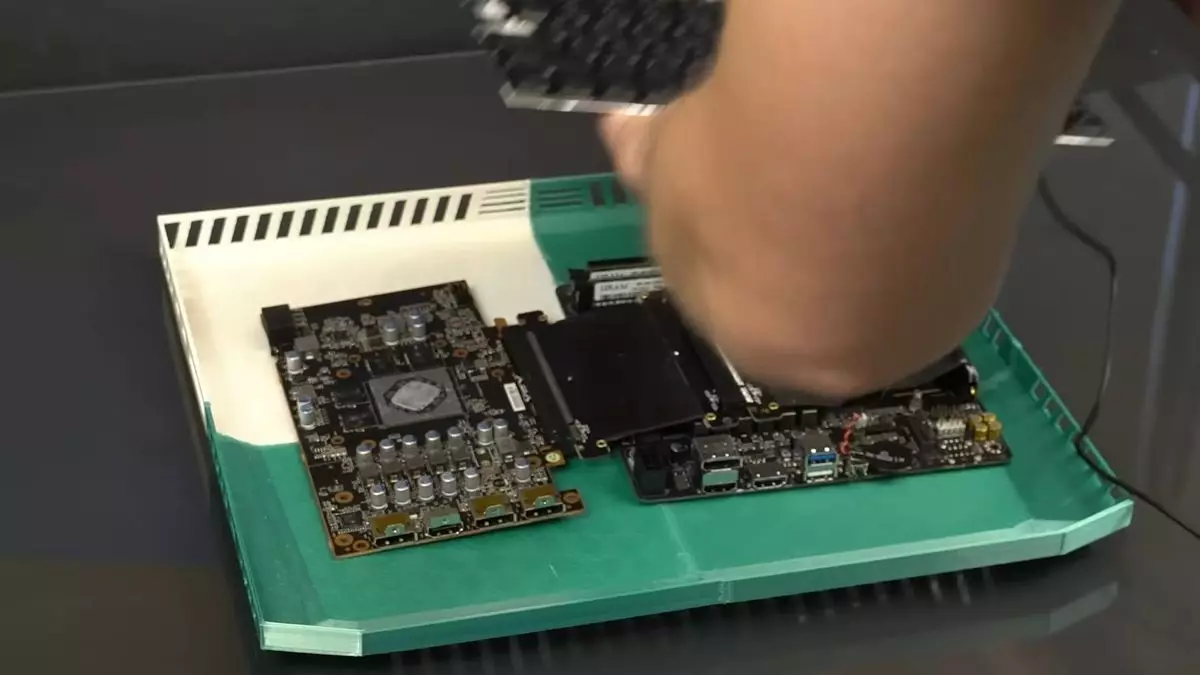Creating a gaming laptop from scratch is no easy feat. It requires dedication, patience, and a deep understanding of computer hardware. Most of us wouldn’t even dream of attempting such a project, but for YouTuber Socket Science, it was a challenge worth taking on. Over the course of 14 months, Socket Science managed to build a bespoke DIY gaming laptop using desktop parts, and the end result is truly impressive.
Socket Science recognized the limitations of traditional gaming laptops, particularly when it came to GPU performance. Laptop GPUs simply can’t compete with their desktop counterparts, and Socket Science saw an opportunity to remedy this by repurposing desktop parts for a portable gaming rig. The key components included an AMD Ryzen 5 5600X, an XFX Radeon RX 6600, a Gigabyte ITX motherboard, low-profile RAM, a portable gaming monitor, a thin keyboard, a touchpad, and a DC-to-DC power supply.
Building a laptop is a vastly different process compared to assembling a desktop PC. With limited space and unique cooling requirements, every component must be meticulously planned and positioned. Socket Science embarked on a journey of desoldering, snipping, and repurposing to fit the desktop parts into a laptop form factor. This involved disassembling the graphics card to extract the PCB with the GPU, as well as creatively integrating cooling solutions using copper, heatsinks, heatpipes, and 3D printed components.
After months of hard work and innovation, Socket Science successfully created a functional DIY gaming laptop with desktop parts. The final build featured a custom 3D printed case, complete with a repurposed LCD from a portable monitor, a keyboard, touchpad, and a unique mottled copper finish. The attention to detail and ingenuity displayed throughout the project is truly commendable, showcasing Socket Science’s technical prowess and dedication to the craft.
While building a DIY gaming laptop with desktop parts may not be for everyone, it serves as a testament to the endless possibilities of PC customization. Socket Science’s project exemplifies the creativity and innovation that can arise from pushing the boundaries of traditional hardware limitations. Though the process was undoubtedly challenging and time-consuming, the end result speaks for itself—a one-of-a-kind gaming laptop that defies conventions and showcases the limitless potential of DIY enthusiasts in the PC community.


Leave a Reply